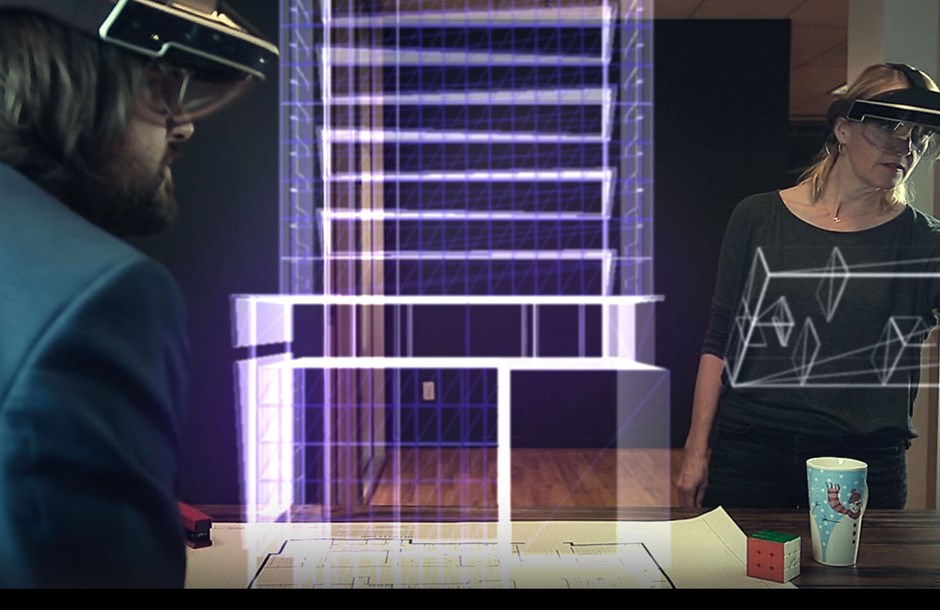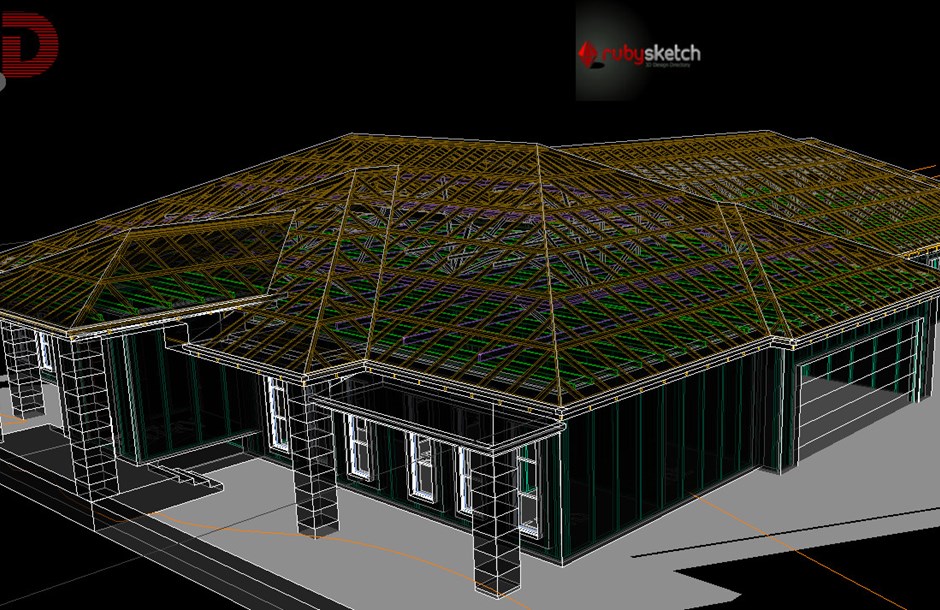Sustainability in construction: The role of technology in sustainable construction

What is sustainable construction?
Sustainable construction is building in a way that has less impact on the natural environment. It involves using more sustainable building materials, and reducing the carbon footprint of a building during both construction and its operational lifespan. In order to reduce global carbon emissions, to which the built environment is a major contributor, the construction industry is actively engaged in the process of transitioning from traditional methods to sustainable alternatives.
The importance of technology in sustainable construction
Technology helps construction to achieve its sustainability goals by allocating resources more efficiently, reducing waste and energy consumption.
The benefits and challenges of technology in sustainable construction
The major benefit to the construction industry of using hi-tech solutions is efficiency. Sustainable building technologies like automation and robotics reduce the impact construction has on natural resources, and means less time and money is being wasted on activities that release CO2.
The great challenge is cost – some of these technologies are major investments, and require a long-term commitment to sustainability from contractors. Training employees to use new technology is also a key issue, in terms of time and expense.
Technology and planning

Drones
Drones can make aerial surveys and inspections much easier, quicker and less costly, and provide more reliable information. 3D models can be created from the data and images the drones record, using BIM technology, pinpointing any issues or details that engineers or surveyors might have missed with the naked eye. Detailed inspections can take place without the need to erect scaffolding or utilise teams of workers.
Project management software
Using project management software helps construction companies track the processes, costs and documentation of a project. The overall goal of project management software is to improve efficiency, reduce wastage and gain a competitive advantage.
3D laser scanner
3D laser scanning is also known as high-definition surveying or reality capture. It uses a laser to map every detail of the scanned area, collecting data in a ‘point cloud’ that gives highly accurate information. As a sustainable building technology, 3D laser scanning can save the costs of 2D scanning by up to 50%.
4D simulation
4D simulation is an advanced aspect of Building Information Modelling, in which a 3D model is visualised within the context of time – the 4th dimension. So a 4D simulation can include details such as lead times, delays and rescheduling, helping construction teams understand more about a project’s timeline.
Geographic information system (GIS)
GIS is a data mapping technology. It takes separate levels of data related to a place – drawings, photos and project documents – and incorporates them onto a real-world location map. GIS puts everything being built into the context of the physical location.
Technology and design
Building Information Modelling (BIM)

Building Information Modelling is a process in which intelligent 3D digital models and objects are created to help construction professionals plan, design and efficiently construct buildings and other infrastructure. BIM models simulate a finished design, so they can give valuable insight into building functionality and the logistics needed to build a structure ahead of time.
Virtual reality and augmented reality
Virtual reality (VR) and augmented reality (AR) is emerging as an important technology in construction. Clients can be given an insight into what their building will look like through VR headsets or ‘BIM caves’ – immersive rooms which replicate the experience of a VR headset. These VR and AR experiences are an extension of BIM technology.
Technology and ‘breaking ground’
3D printing
3D printing is increasingly being used within the construction industry, both for entire builds and for creating bespoke elements offsite. It has the major benefits of speed and scalability. 3D printed housing in the UK is in its infancy but construction is already making use of the ability for parts of buildings to be created offsite, and by using a form of quick-drying cement as 3D printed material. 3D printing in construction cuts costs and waste.
Sustainable building materials
Sustainable building materials have a reduced impact on the environment and helps the construction industry to lower embodied carbon emissions. Materials like cob, bamboo and straw are increasingly being used as building materials and as insulators, along with sustainable forms of concrete such as hempcrete and ashcrete.
Prefabrication
Prefabrication is not a new technology, and prefabricated buildings have been around since the mid-20th century. However, prefab has come back into fashion because it reduces on-site construction activity, and is not affected by issues out of a contractor’s control, such as bad weather, which can delay a project.
Robotics and automation
While expensive, automated systems can ultimately be cost-effective because they help to optimise the use of resources and reduce material waste. In the drive for greater efficiency, safety, sustainability and precision, robotics and automation definitely have a role to play within the construction industry.
Technology and ongoing management
Internet of Things (IoT)
Integrating the Internet of Things into construction sites is becoming increasingly commonplace. IoT can improve productivity, maintenance, security and safety. IoT sensors around sites can help to monitor variables like weather conditions, the progress of works and the performance of machinery.
Smart building technology
Smart buildings like The Edge in Amsterdam have automation built into them. A smart or connected building can control things like heating, ventilation, water supply and lighting, and put its occupants in control of many of these processes.
Want to find out more about tech and sustainable careers in construction?
At Go Construct we have over 170 different job profiles, including many technology and sustainability roles in construction:
